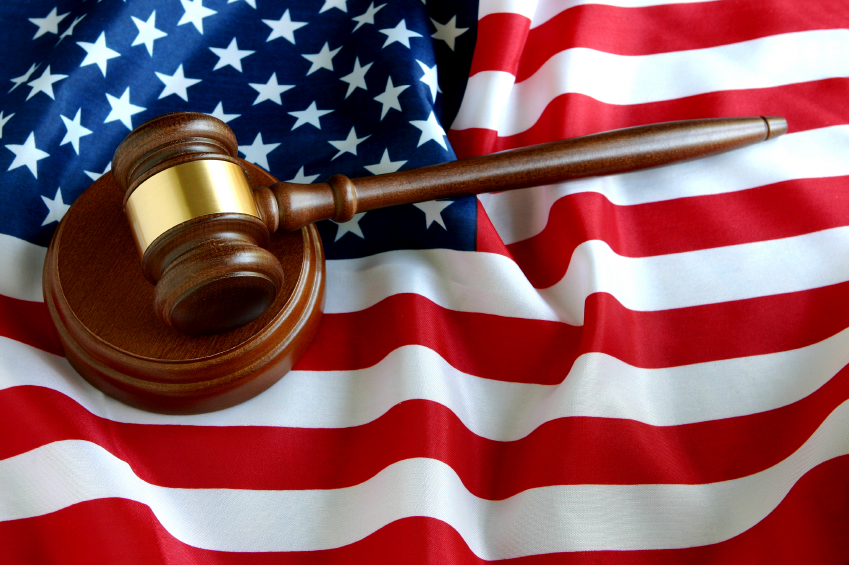On 18 April 2007, the United States Supreme Court upheld, by 5 votes to 4, the law banning partial-birth abortion throughout the United States (Partial-Birth Abortion Ban Act), federal law adopted in October 2003 by both chambers of Congress and signed into law by President George W. Bush on November 5. All the lower jurisdictions held by abortion supporters had invalidated this law because of the omission of an exception if the health of the women is threatened; in 2000, for the same reason, the Supreme Court had also invalidated a similar law in Nebraska. With this recent ruling it is the first time since the “Roe v. Wade” decision allowing abortion in 1973 that the Court has curbed abortion on a national level.
Partial-birth abortion
This method of late-term abortion, beyond 12 weeks, also called “dilation and extraction”, consists initially in extracting the legs and torso of the foetus then surgically removing the contents of the infant’s cranium to facilitate the passage of the head. This permits the killing of the infant before its complete birth, which also means that its provoked death is not considered as a homicide.
Approximately 10% of the 1.2 million abortions carried out each year in the United States take place beyond the third month of pregnancy, and this technique concerns several thousand of them.
Discussions on abortion
Admittedly, this victory for the pro-life movement is modest. The Supreme Court decision only allows the elimination of but one of the numerous methods of abortion: no baby will be saved by this decision because many other methods of aborting late-term foetuses exist. Nevertheless, the judgement recognises that “the government has a legitimate, substantial interest in preserving and promoting foetal life”. This is the first time in 34 years that the Court has authorised a restriction on abortion and, as Cardinal Rigali, Chairman of the Committee of American Bishops for Pro-Life Activities concludes: “The Court is taking a clearer and more unobstructed look at the tragic reality of abortion, and speaking about that reality more candidly, than it has in many years. We hope today’s decision marks the beginning of a new dialogue on abortion, in which fair-minded consideration will be given to the genuine interests of unborn children and their mothers, to the need for an ethically sound medical profession, and to society’s desperate need for a foundation of respect for all human life”.
The “Roe v. Wade” judgement controversy
Abortion was legalised in the United States by the “Roe v. Wade” judgement in 1973. The two women behind this decision, Norma McCorvey and Sandra Cano declared in June 2005, before the Senate Committee on the Judiciary that “lawyers had used their distress to lead a struggle that was not theirs”; moreover they never had abortions and today call for the banning of abortion. Their lawyers today have insisted in particular on the fact that recent scientific knowledge on abortion and its consequences require a new examination, but the Supreme Court has refused up to this time to re-examine its position. Similarly, Dr Bernard Nathanson, one of the investigators for the pro-abortion lobby Naral, explains how in the 70s, he manipulated public opinion with false figures: “we knew that illegal abortions caused the death of 200 to 250 women each year, to the media we claimed 10,000”. Today, Dr Nathanson marches on the side of anti-abortion demonstrators.
Allow each State to legislate?
Without renouncing its “Roe v. Wade” decision, the Supreme Court could allow each State to enact its own legislation on abortion. Risking an appeal before the Supreme Court, Louisiana and South Dakota approved a law in 2006 prohibiting abortion except in cases of danger to the life of the mother. Georgia, Ohio, South Carolina, Tennessee, Mississippi, Indiana and Kentucky could also prohibit or make abortions more difficult.

